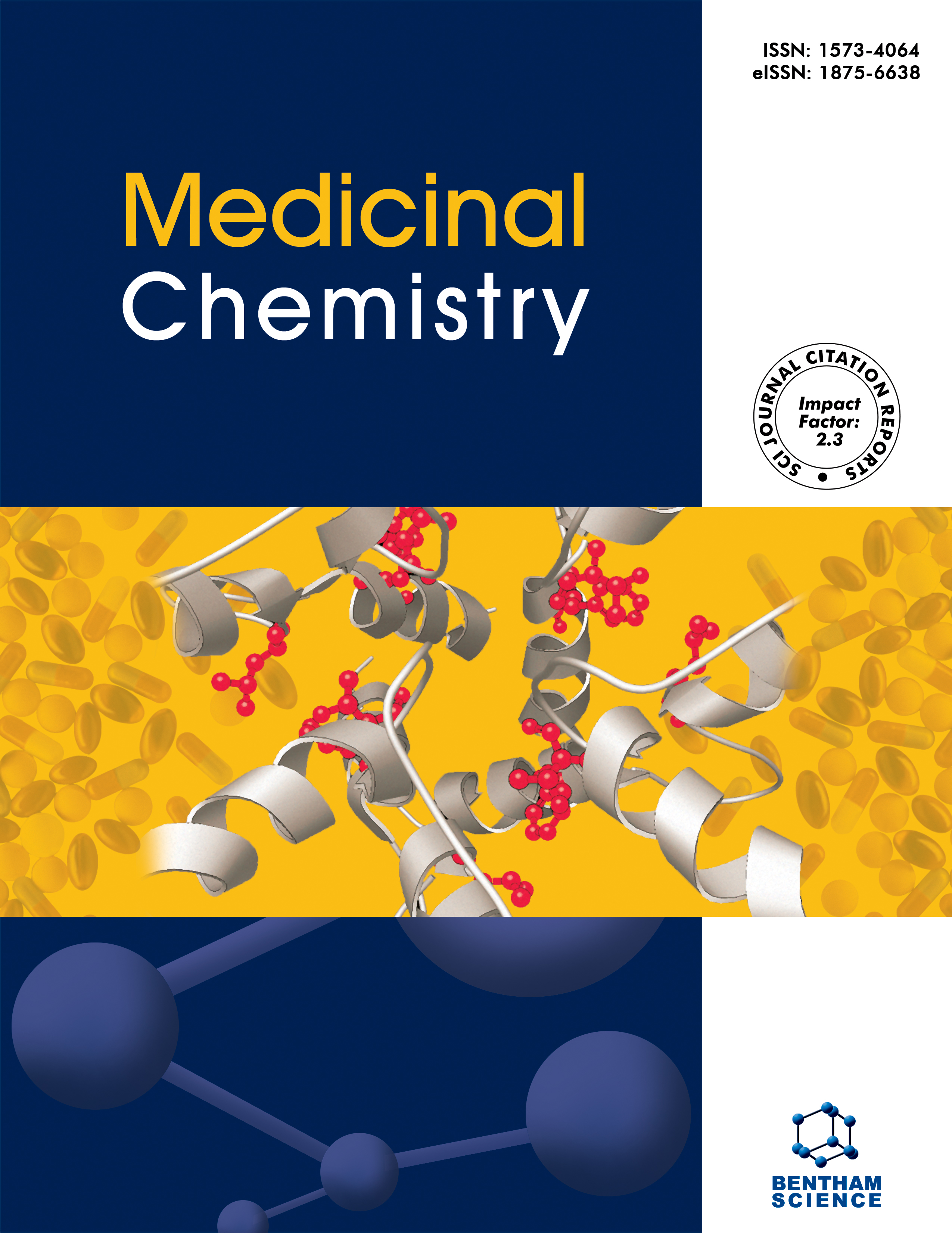
Full text loading...
We use cookies to track usage and preferences.I Understand

Azaaurones are formed by the replacement of intra-cyclic oxygen of the central core of a five-membered furan ring or any other carbon of aurones by a nitrogen atom. However, 1-azaaurone obtained by the replacement of intra-cyclic oxygen is the most prominent and desirable. They are the bioactive compounds acting as potential anti-inflammatory, anticancer, antibacterial, and antiviral agents. They comprise relatively less explored, pharmacologically active compounds exhibiting diverse biological activities that can act as potential lead compounds in the context of drug development. This review represents a comprehensive and updated overview of the synthetic protocols and biological activities of 1-azaaurones and their derivatives, enabling the readers to know about the vast medicinal potential of azaaurones and their derivatives in different areas and prompt the medicinal chemists to emphasize their further exploration. Furthermore, this review also covers some important Structure-Activity Relationships (SAR), highlighting the most potential compounds in each series, providing pivotal scope for further improvisation.

Article metrics loading...

Full text loading...
References


Data & Media loading...